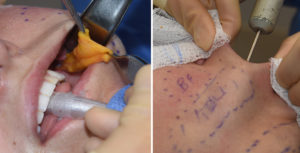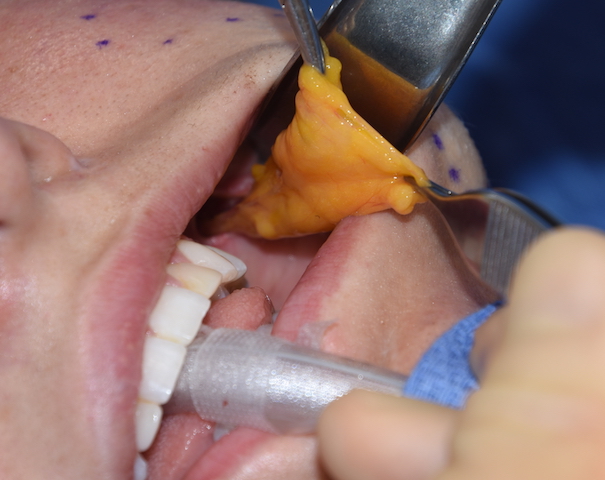Changing the shape of the face is largely done by altering the bony framework that supports it. Whether it be by augmentation or reduction methods, facial reshaping surgery modifies the structural support of the face onto which the soft tissues drape over and around.
There are soft tissue facial reshaping procedures as well which, beyond that of the lips, can influence its appearance. These are fat-related procedures that consist of either injection augmentation or fat removal. Unlike adding fat, removing fat is a more limited facial reshaping method. Despite the fact that fat exists all over the face, there is only a handful of procedures that exist that can selectively remove some of it.

But even with these two combined procedures, their facial slimming effects for many patients is less than ideal or not as much as expected. This is because there are other fat locations that are not accessible and the thickness of the overlying skin also plays a contribution role to facial fullness.
Dr. Barry Eppley
Indianapolis, Indiana



